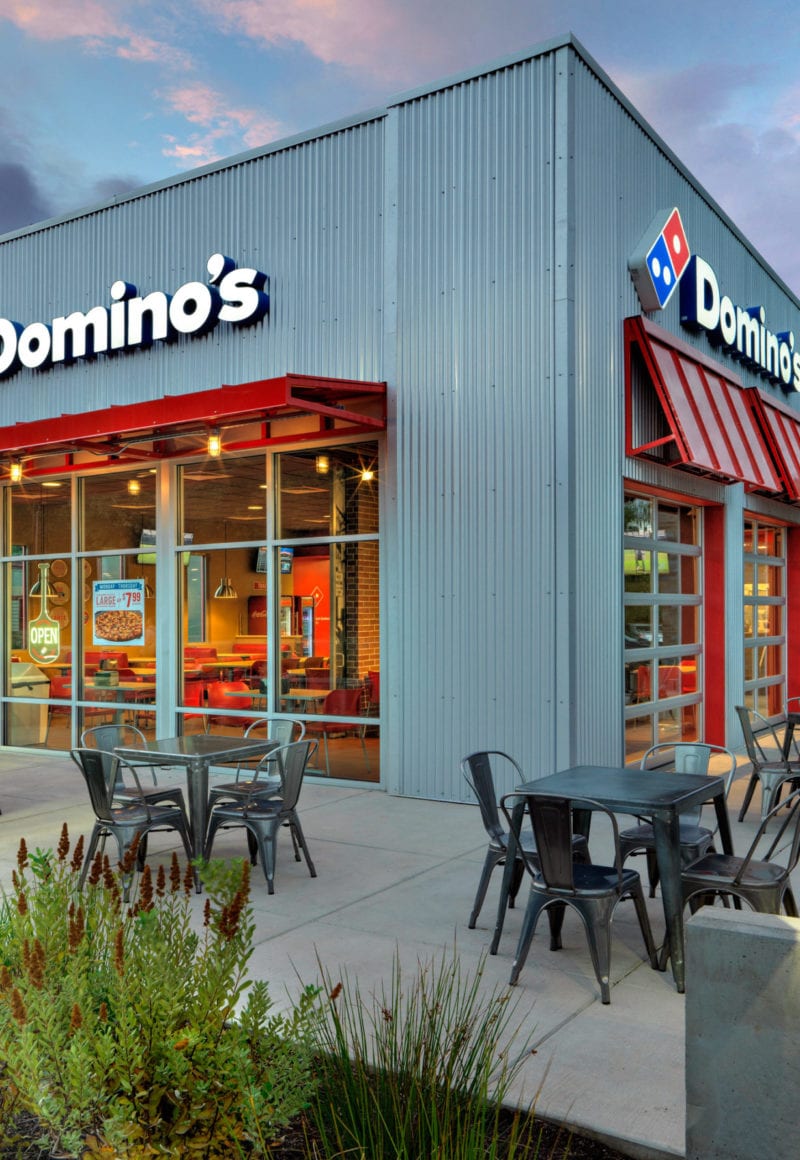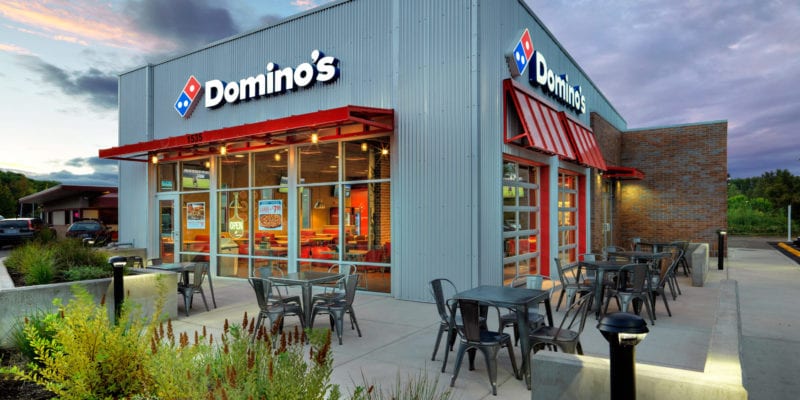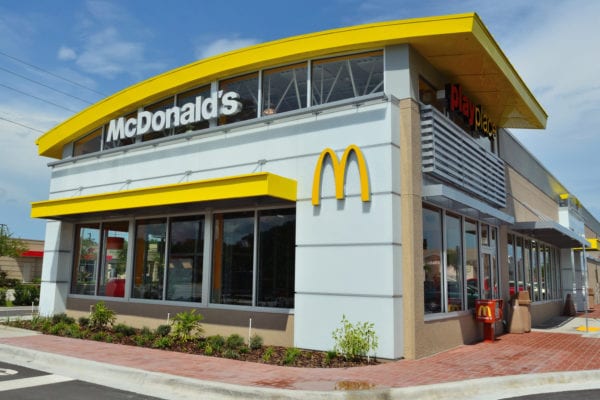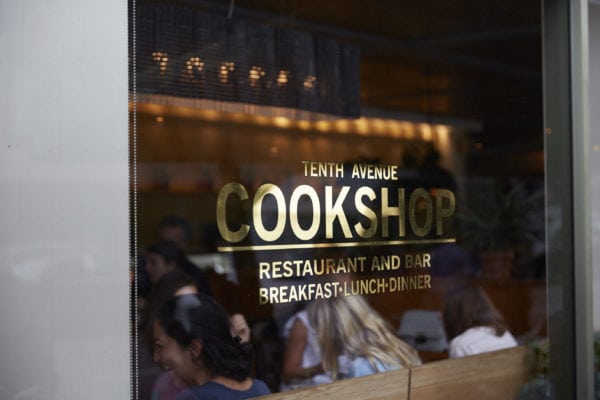Skift Take
Fortressing is a smart way for Domino's to grow its store footprint and shorten delivery times, but at the same time it puts a lot of pressure on franchisees to find territory to build.
— Danni Santana
Sometimes taking a chance on a business opportunity is not as easy as entrepreneurs make it look. For Greg Keller, it meant putting his family’s financial wellbeing in jeopardy in order to open two Domino’s Pizza franchises just outside of Seattle more than 20 years ago.
Back in 1996, Keller had three young kids, two car notes, and a mortgage. Yet he put all $40,000 of his family’s savings down as an investment to reopen two Domino’s locations in Bremerton and Silverdale, Wash. that had historically underperformed.
“The experience scared the crap out of me,” Keller said, whom before becoming a franchisee, had served nine years as a store manager and franchise supervisor for the famed pizza chain.
As the latter, he oversaw eight different Domino’s locations at once, experiencing great success in turning around each location he was in charge of. And as a single store manager, he raised store sales—sometimes even doubling them—over his tenure.
“The trick is to get involved in community by something I called ‘guerilla marketing,’” said Keller. “You had to get in the public eye, shake hands, and hang signs on doors. That was essential in the ‘90s.”
Seeing so many managers “not doing it right,” led Keller to take the plunge on becoming a franchisee. His confidence was also booming after winning a national supervisor competition created by Domino’s Founder Tom Monaghan. The premise of the six-month contest, dubbed King Beast, was to plug in supervisors into underperforming markets around the U.S in hopes of turning store sales around.
Keller got the Seattle market, and outperformed 19 of his peers to take home a $10,000 prize. He also got a fancy dinner with the Domino’s executive team in Ann Arbor, Mich. for his troubles.
“I brought new people in the restaurants and taught them how to go after sales,” said Keller. “I saw managers that didn’t take any ownership, didn’t care about the job, and just punched their ticket without building relationships.”
Fortressing: Domino’s Growth and Delivery Strategy Rolled Into One
Keller has 39 stores in the Seattle area currently, thanks in large part to fortressing—Domino’s solution to cutting customer delivery times by adding more locations in “brand damaging” zones. The company defines these brand-damaging areas as homes outside of a mile of a store’s location that will take drivers longer to get to.
“Fortressing takes two brand damaging areas and drops one store in the middle, making one’s further out addresses your closer in,” said Tim McIntyre, Domino’s VP of communications and investor relations. This results in a higher rate of deliveries per hour.
Domino’s first introduced fortressing to franchisees in Seattle in 2010, after company executives noticed operators in New Delhi, India opening countless locations to service the city’s immense population.
Keller was also ahead of the game, like his counterparts, but called the strategy “splitting stores” before fortressing was ever a thing,
“My two original stores had reached their peak in terms of sales,” he said. “My choices were to either build them bigger or split the territory they were serving by adding another.”
The strategy also keeps Domino’s pizza competitors from doing the same, according to McIntyre. Papa John’s Founder John Schnatter acknowledged in his 2017 autobiography that it was common practice for him to find gaps in competitors’ coverage areas when deciding on Papa John’s next store location, especially early on. Schnatter viewed it as an easy way to take away customers.
The more locations franchisees open, the less money owners will spend on local advertising; as the locations market themselves. In Keller’s case, he went from spending 12 percent of net sales on marketing to less than eight percent currently. Delivery also becomes more fluid, Keller found. Fortressing allowed employees to double their average deliveries per hour, from two-and-a-half to five.
Trouble Finding People And Real Estate
Opening new Domino’s stores reduces the pressure on marketing and delivery for franchisees. But finding territory to build locations still poses the greatest challenge for operators. So too does staffing new stores in today’s economic climate.
“Without fortressing, it would be harder to handle labor because you would be running stores as big [coverage] areas. And if you pay $16 per hour on no tip credits, the margins are too thin,” said Keller.
Staffing new stores is not easy, but it’s doable. More than a decade ago, owners could put out an ad and hire people within a week. Circumstances are different today. No response from employers within 12 hours of a submitted application means that person will likely go work for another restaurant, especially in Seattle where unemployment is at 2 percent, according to Keller.
From a real estate standpoint, franchisees are forced to get creative. That includes relocating a well-performing store to make room for two brand new ones. Domino’s stores are currently built as standalone buildings, storefronts in strip malls, and under residential homes in urban areas. Each of these requires permits. However, building in a crowded city is trickiest due to the installation of proper ventilation for people living above and the little matter of price. Real estate in cities like Seattle, where Keller owns 15 of his stores, is also more expensive than on the outskirts of the city.
“We [franchisees] used to trade areas that other owners could service better,” said Keller. “As the years went on, it became more commonplace to sell territory because it became a value. Sometimes owners ask for territory as small as one-eighth of a peer’s coverage area.”
Corporate’s Case To Keep On Building
Domino’s wants franchisees to build, and build fast. And when corporate arrives in cities around the world to convince operators to expand, it does so with projections of how much owners can make based on the success of Domino’s initial fortressing test market, Seattle.
According to Domino’s, the average Seattle store in 2010 was doing a little over $14,000 in sales per week. That number through the third quarter of 2017 was at $26,000. Profits per individual store also jumped from $67,000 in 2010 to an average of $158,000 at the end of 2016.
“That covers almost seven full years,” said McIntyre. “All of the numbers went up and to the right.” Domino’s does not permit franchisees to disclose exact store sales as a publicly held company.
Thousands of simulations run based on local demographics also help Domino’s suggest to franchisees where their next store should be. These include population density, the success of current stores in the area by sales and foot traffic, and the percentage of a new store’s deliveries that would fall within one mile.
The average Domino’s pizza location costs $300,000 to build from scratch, according to McIntyre. Based on yearly profit projections provided by Domino’s, franchisees can pay off their debt in less than three years, leaving seven of pure profit. The chain’s franchisees agreements span 10 years. More than 90 percent of Domino’s stores are currently franchised, according to its website.
Domino’s current store footprint in the U.S. was last recorded at 5,800 stores. The company has told investors it can grow that number to 8,000 by 2028. Globally, the pizza maker has opened 5,000 new stores since fortressing began in 2010, 750 of them in its home market.
That said, the company still has a lot of room to grow, CEO Richard Allison said at Barclays’ Investor Day last month. Domino’s market share is still below 20 percent in the U.S., and in the single digits in international markets.
“When I take a look at that, I see a substantial amount of incremental opportunity for us to grow within the category that we compete in today within pizza,” said Allison. “If we were sitting here with a 50, 60, 70 percent market share, it might be a different story. But I mean, we’ve got tons of opportunity to continue to grow within our own category.”





